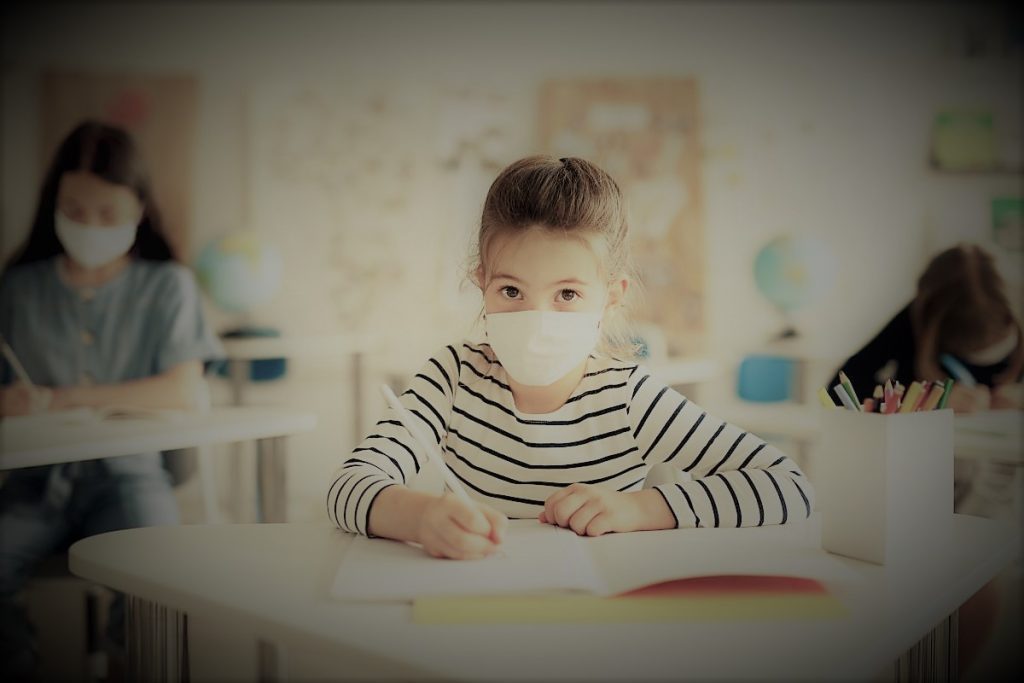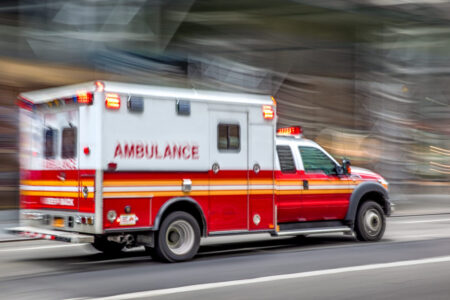By PETER HANCOCK
Capitol News Illinois
Facial coverings are now optional in most public places in Illinois, including schools, after Gov. JB Pritzker issued new guidance Monday to comply with new U.S. Centers for Disease Control and Prevention guidelines.
“Across the state, Illinoisans are taking their masks off today knowing that most eligible adults are boosted, and our hospitals have much more capacity to save lives,” Pritzker said in a statement Monday. “I’m proud that Illinoisans have done the hard work that has made our state a leader in the Midwest, with more of our residents vaccinated than any other state in the region.”
Under a new executive order issued by Pritzker on Monday, masks are no longer required in most indoor public places, including K-12 schools and day cares. But schools and private businesses can continue to require masks at their own discretion.
Face masks are still required in health care settings and on public transportation such as buses, trains and airplanes, as well as transportation hubs like airports and bus stations.
Those developments came after the Illinois Supreme Court on Friday declined to hear the state’s appeal of a temporary restraining order issued Feb. 4 by a Sangamon County judge, calling the issue “moot.”
In its ruling late Friday, the court, in a 5-2 vote, echoed a 4th District Court of Appeals decision from a week earlier that said the issue of the TRO was moot because the emergency rules that the Illinois Department of Public Health had issued in September had expired and the legislative Joint Committee on Administrative Rules voted Feb. 15 not to renew them.
Because the issue of the TRO was moot, the state’s high court said Friday, the order itself was vacated and the case was remanded back to Sangamon County to be heard in its entirety.
Justices Michael J. Burke and David K. Overstreet dissented in the decision. The court said a written dissenting opinion would be forthcoming.
“We are pleased the court acted quickly to vacate the TRO, as the state requested,” Attorney General Kwame Raoul’s office said in a statement. “However, as the case is returned to the circuit court, we will continue to defend the governor’s executive orders to protect all Illinois residents and mitigate the spread of COVID-19.”
The Supreme Court’s ruling, however, was one that left both sides in the dispute claiming victory.
“I’m gratified that the Supreme Court vacated the lower court’s restraining order, meaning that if a school mask mandate needs to go into effect in the future, we continue to have that authority,” Pritzker said in a statement released by his press secretary.
But Republican lawmakers who have questioned Pritzker’s use of executive orders and criticized the Democratic majority in the General Assembly for not exercising oversight, said the ruling will serve as a check on the governor’s powers.
“The Illinois Supreme Court found the governor’s mask mandate moot and not enforceable thanks to a bipartisan group of legislators who decided to strike it down earlier this month,” Senate GOP Leader Dan McConchie, of Hawthorn Woods, said in a statement.
“Pritzker will now have to go back to those same legislators if he wishes to issue a similar order, where he is likely to meet the same fate,” he added. “The governor should accept defeat and allow us to begin to govern the way we ought to be — through collaboration of the legislature and local stakeholders.”
Pritzker had previously announced that the general statewide mask mandate would expire Monday if the state’s hospitalization usage and other metrics continued on a downward trend. He had previously planned to leave school mask mandates in place, however.
Since he made the announcement at the beginning of the month, the governor’s office said in a statement Friday, the number of people in the hospital with COVID-19 has been cut in half and the number of intensive care beds available increased by 24 percent, while the state’s weekly COVID-19 case rate has also decreased by 70 percent.
While previous guidelines were based on metrics such as case counts and test positivity rates, the new guidelines are based on factors such as the number of hospital beds being used, hospital admissions, and the total number of new COVID-19 cases in an area.
According to CDC data, most counties in Illinois are considered low or moderate transmission areas. Counties designated as high transmission areas are located mainly in southern Illinois and in pockets along the state’s eastern and western borders.
The status of individual counties throughout the United States is available on the CDC’s website, cdc.gov/coronavirus/2019-ncov/your-health/covid-by-county.html.
phancock@capitolnewsillinois.com








